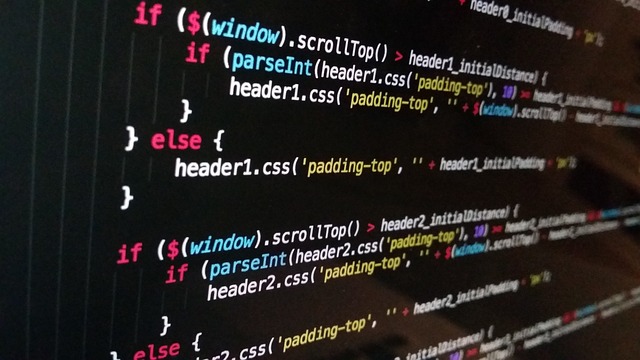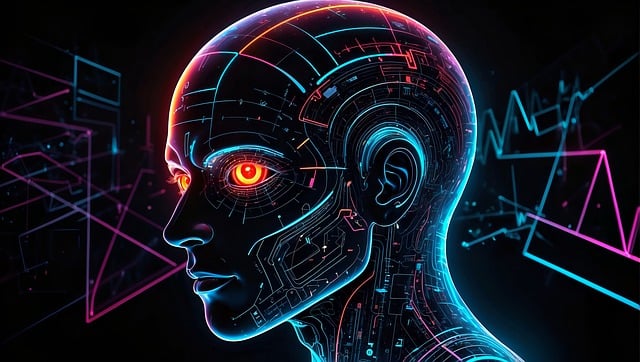As artificial intelligence (AI) becomes a regular fixture in our classrooms, tools like ChatGPT are opening up new educational possibilities—and new ethical dilemmas. From personalized learning to automated feedback, the potential is vast. But so are the risks. In this comprehensive post, we explore the ethical concerns educators, parents, and policymakers must address when integrating ChatGPT into learning environments.
1. Academic Integrity: Helping or Harming Student Learning?
One of the most widely discussed concerns is ChatGPT’s role in academic dishonesty. Students can easily use it to generate essays, solve math problems, or respond to discussion questions. While some use it as a learning tool, others use it to bypass effort altogether.
“AI shouldn’t replace thinking—it should enhance it.” — Dr. Lina Hassan, Education Researcher
How educators can respond:
- Define clear AI-use policies in academic work.
- Design assessments that require critical thinking, reflection, and in-class components.
- Use AI-detection and plagiarism-checking tools to ensure academic honesty.
2. Data Privacy and Consent
When students interact with ChatGPT, they may provide personal or sensitive information. Depending on the platform used, this data may be stored, processed, or used to improve the model. For minors, this raises significant data privacy concerns.
Best practices for safe use:
- Choose AI tools that comply with educational data privacy regulations like FERPA, COPPA, or GDPR.
- Anonymize data where possible.
- Educate students about digital safety and what not to share.
- Always obtain parental consent when required.
3. Over-Reliance and Reduced Critical Thinking
AI-generated answers can be enticingly fast, but they may reduce students’ motivation to research, analyze, or reflect. Over-reliance on ChatGPT could hinder the development of independent thinking and problem-solving skills.
Encouragement over shortcuts:
- Use ChatGPT as a brainstorming partner rather than an answer generator.
- Promote metacognitive strategies—ask students to explain their reasoning and reflect on their learning process.
- Assign projects that emphasize originality, process, and personal insight.
4. Bias and Misinformation in AI Responses
ChatGPT, like all AI models, reflects the biases and gaps in the data it was trained on. It may sometimes produce inaccurate, culturally insensitive, or skewed information. This makes it a questionable sole source of truth for classroom use.
Mitigation steps:
- Encourage students to cross-verify AI-generated content with credible sources.
- Discuss algorithmic bias and train students in digital literacy.
- Use ChatGPT transparently and review outputs together as a class.
5. Equity and Accessibility
While AI can improve learning access, it can also worsen existing disparities. Students from under-resourced schools or homes may not have consistent access to devices or reliable internet, putting them at a disadvantage.
Strategies to ensure fairness:
- Provide equitable access to AI-enabled tools in school environments.
- Design low-tech alternatives or blended models for inclusive learning.
- Offer training and support for students and families unfamiliar with AI tools.
6. Transparency and Consent in AI Use
Many students and parents are unaware of the full extent of AI use in schools. Transparency is vital—not just for trust but also for legal and ethical compliance.
How schools can lead ethically:
- Publish clear AI usage policies on school websites and handbooks.
- Hold information sessions for parents, students, and staff.
- Log how and where AI tools are being used and their educational purpose.
7. Impact on Teacher Roles
AI doesn’t replace educators, but it can shift their roles. ChatGPT might automate tasks like grading or content creation, leading to questions about how teachers remain central to the learning experience.
Maintaining balance:
- Use AI to augment teacher efforts—not eliminate them.
- Let teachers lead in integrating AI meaningfully into curricula.
- Invest in ongoing AI training for educators.
8. Legal and Policy Implications
Many schools are navigating uncharted territory when it comes to AI regulations. There is currently a lack of standard frameworks at local and national levels.
Recommendations for institutions:
- Collaborate with policymakers to develop AI governance guidelines.
- Join educational consortiums or ethics boards to share best practices.
- Stay updated with evolving AI laws and adapt policies accordingly.
Conclusion: Embracing AI Ethically in Education
ChatGPT offers a glimpse into the future of education—one that is personalized, responsive, and dynamic. But ethical integration requires foresight, planning, and constant dialogue. Educators must foster a culture of curiosity, caution, and critical thinking. By addressing the ethical concerns proactively, we can ensure that AI like ChatGPT supports—not compromises—the mission of education.






